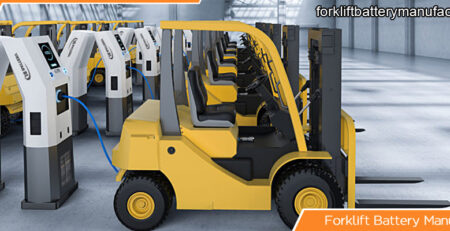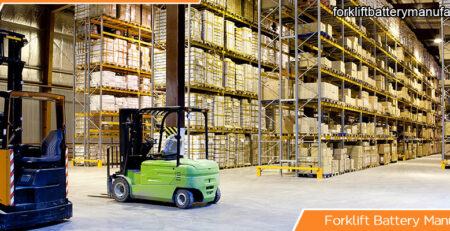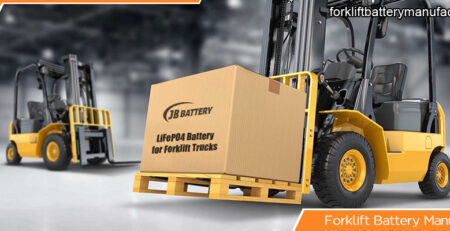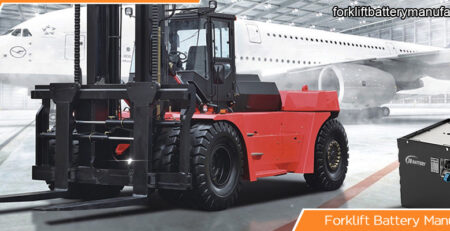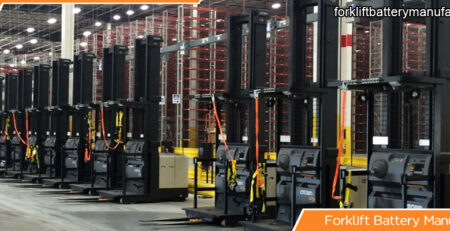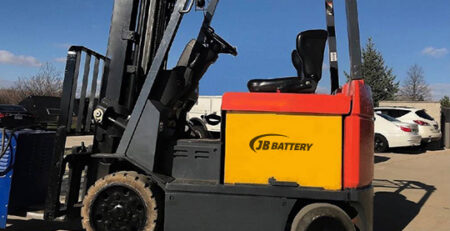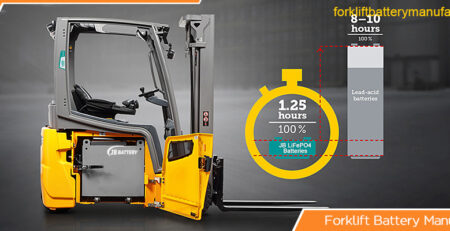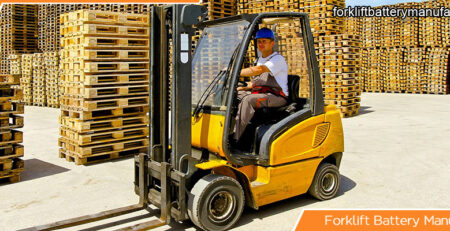Selecting The Right Forklift For Loadouts
To select the right forklift for your warehouse, there are many factors to consider including frequency of loadouts, maneuvering space and more.
Sometimes it pays to re-examine your forklift selection process. If your company has used the same trucks for several years, you might be missing out on a more efficient lift truck. There may be a forklift model that would allow your operators to get more done, reduce fatigue or even load trailers in a more cost-effective manner.
Here are three factors to consider when deciding on a lift truck model for your warehouse:
1. FREQUENCY OF TRAILER LOADING
If your shipping department loads out only a few semi-trailers or box trucks a week, an electric walkie or walkie end-rider will do the job if:
· a 3,000- to 8,000-lb. capacity is sufficient;
· you don’t need to stack loads vertically inside the trailer;
· the load doesn’t require sensitive handling. Depending on the application, the transition from dock floor to dock leveler and into the trailer can sometimes be jarring to the operators. If the transition is smooth or the loads aren’t fragile, a smaller load wheel, such as on an electric walkie end-rider, may be sufficient to travel over the dock plate.
If your shipping department is constantly loading trailers, a stand-up end control may be preferred over a walkie or walkie end-rider forklift. These battery-powered lift trucks fit easily into standard 108-in. trailer doors. Their masts allow in-trailer stacking and model capacities range from 3,000 to 4,000 lbs.
2. FORKLIFT OPERATOR DUTIES
This is another important factor in selecting a forklift as every company has a slightly different material handling system. In some, lift truck operators not only load trucks in the shipping department, but they also replenish the manufacturing line, store inventory on racks, deliver paperwork associated with the loads, attach and scan bar codes, etc. These operators are constantly on and off the lift trucks and usually find it much less fatiguing and faster to enter and exit a stand-up end control model.
In other applications, lift truck operators are on the trucks seven hours out of eight. They load and unload trailers and move nearly identical loads constantly. They don’t have to mess with paperwork or move the forks to adapt to different loads. These operators often find sit-down counterbalanced lift trucks more comfortable and efficient.
3. MANEUVERING SPACE
Some facilities have lots of room in which the lift trucks can operate. In these instances, a four-wheel electric or gas-powered forklift model is very efficient.
Other facilities are filled to capacity. Their shipping departments and staging areas have limited space for lift trucks to maneuver. In this situation, a three-wheel electric forklift is more efficient as they offer a tighter turning radius than any four-wheel lift truck.
If space is not a concern, deciding between a three- or four-wheel lift truck should be based on:
operator preference.
capacity required — three-wheel electric lift trucks max out at 4,000-lb. capacities, so if you need more than that, you’ll need a four-wheel model.


